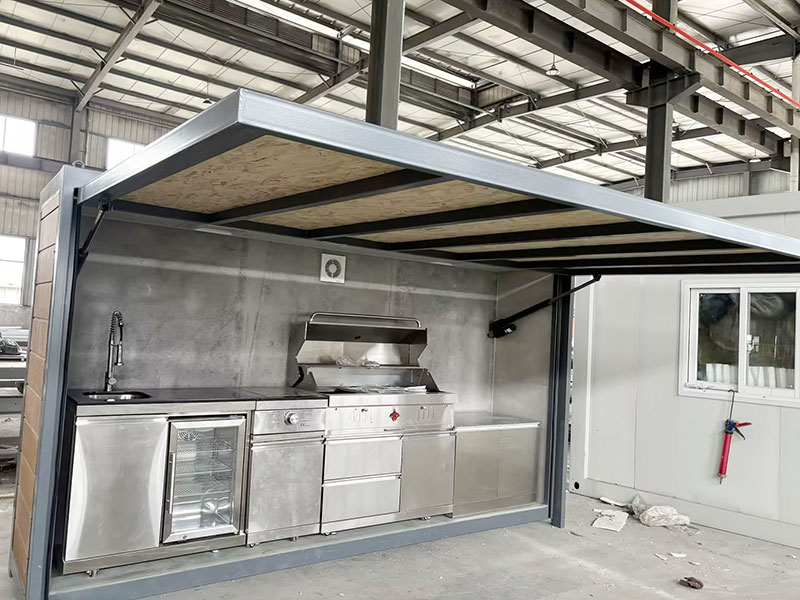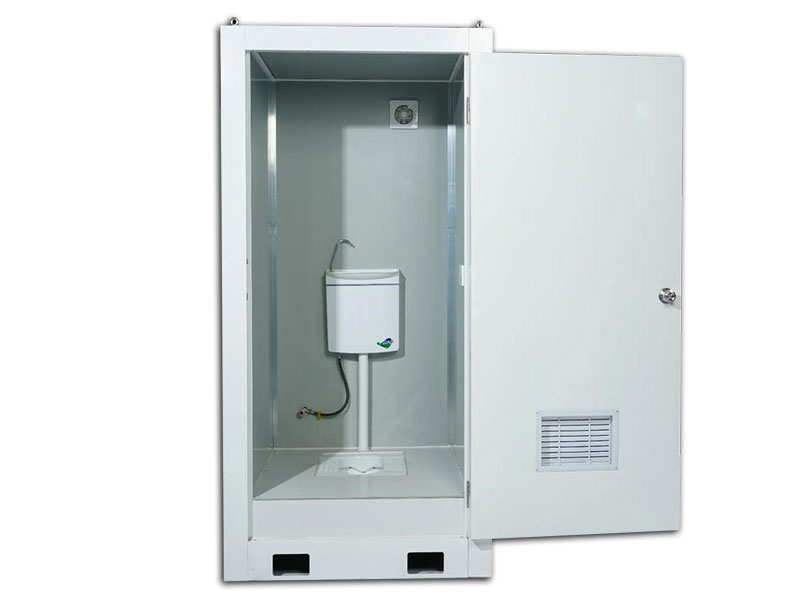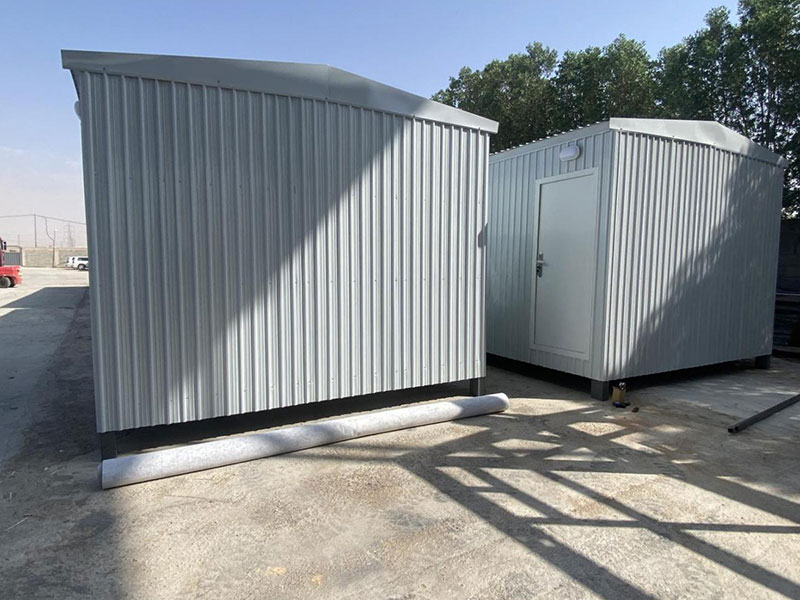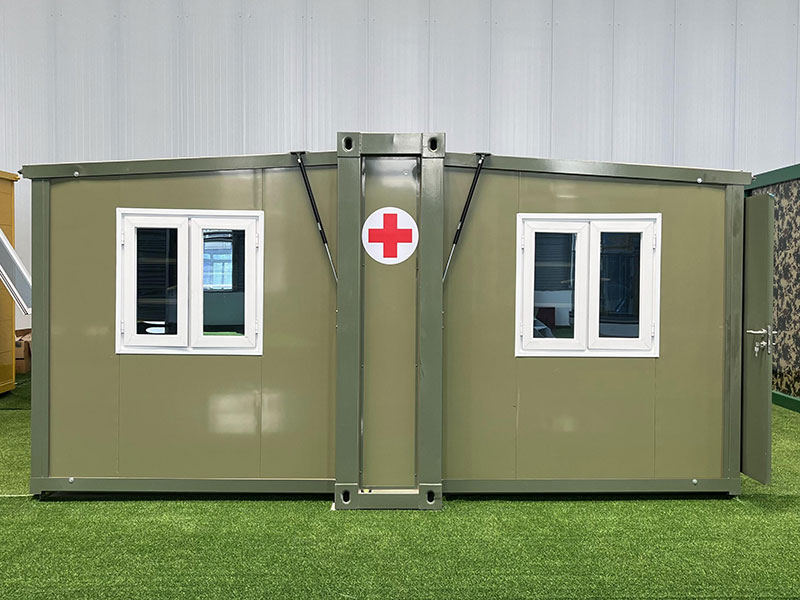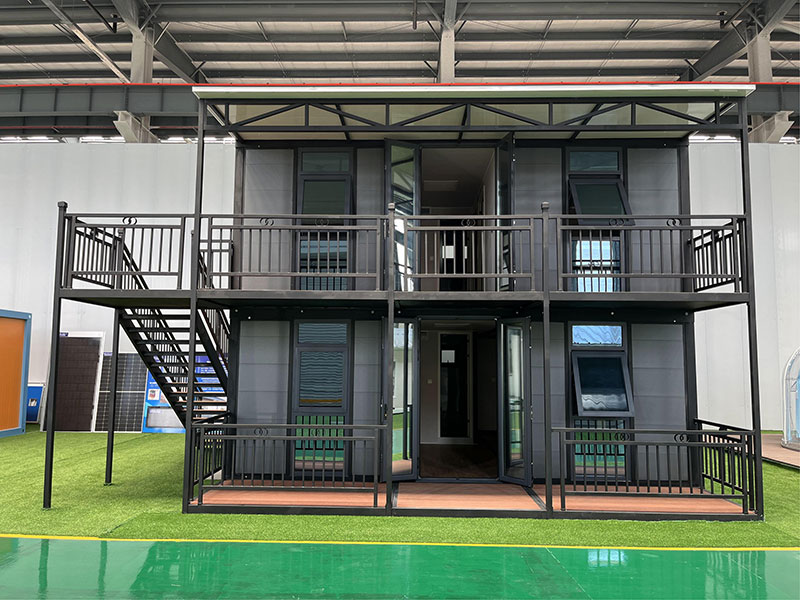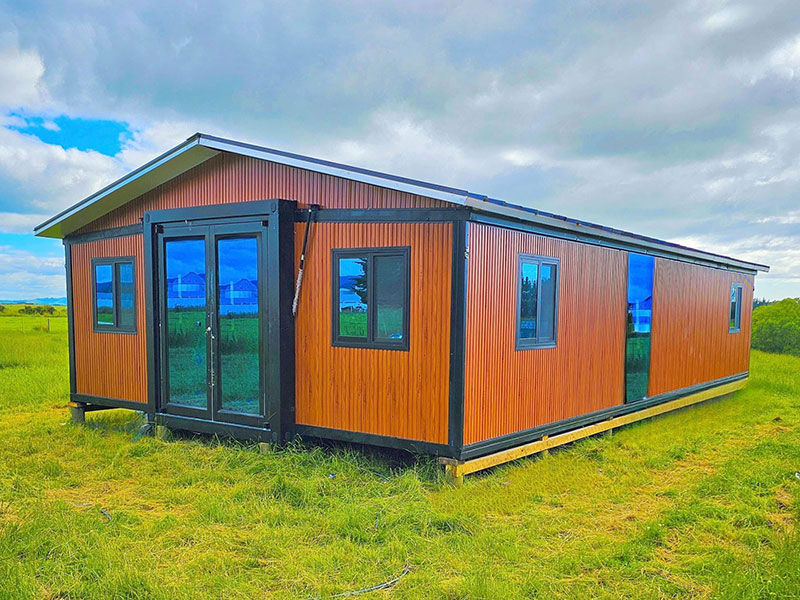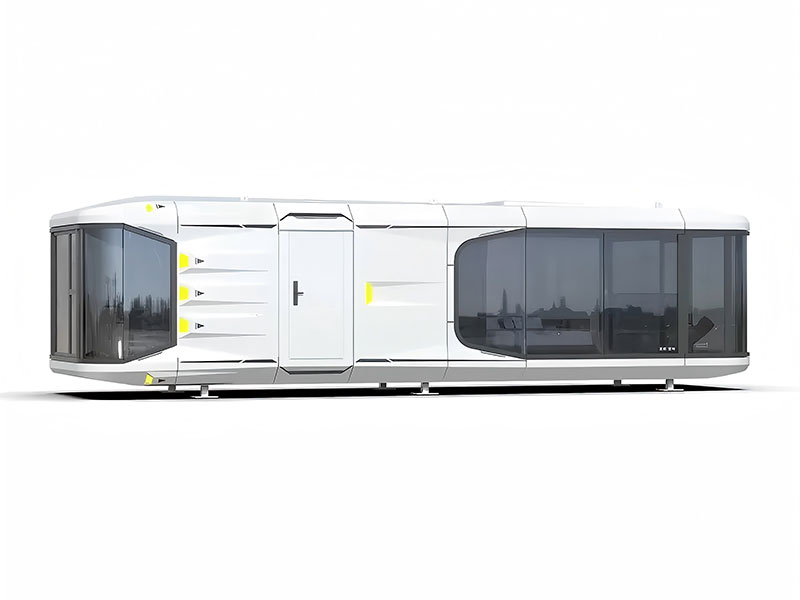Comparing Prefabricated Portable House with Traditional Construction
2025-05-19When it comes to housing and building projects, the choice between prefabricated portable house and traditional construction methods is an important consideration. Understanding the differences between the two can help individuals and businesses make informed decisions.
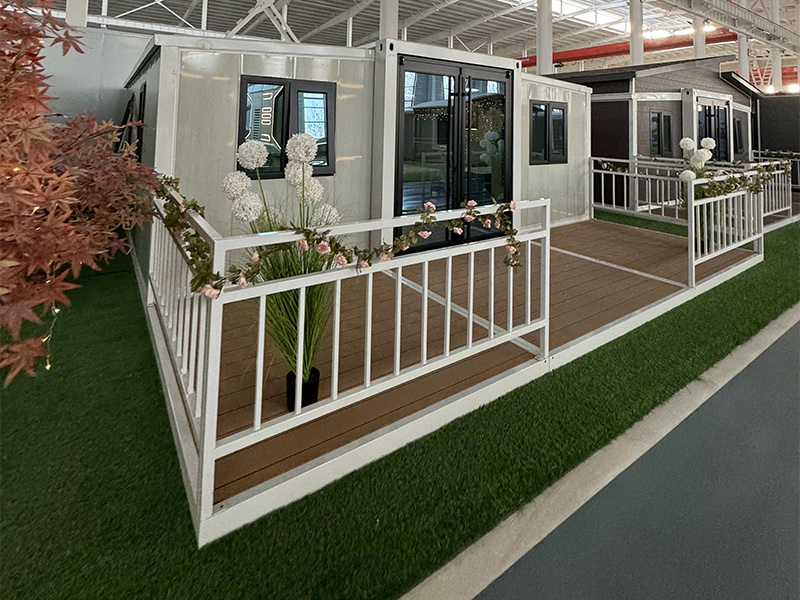
Construction Time and Efficiency
One of the most significant differences lies in the construction time. Traditional construction projects often involve a long and complex process on-site, including site preparation, foundation laying, and sequential building of walls, roofs, and interiors. This can take months or even years, depending on the size and complexity of the project.
In contrast, prefabricated portable houses are constructed off-site in a factory setting. The controlled environment allows for faster production, as multiple stages of construction can occur simultaneously. Once the prefabricated portable houses are completed in the factory, they can be transported to the site and assembled relatively quickly. This efficiency means that the overall project timeline for portable prefabricated houses is often much shorter, allowing for quicker occupancy or use.
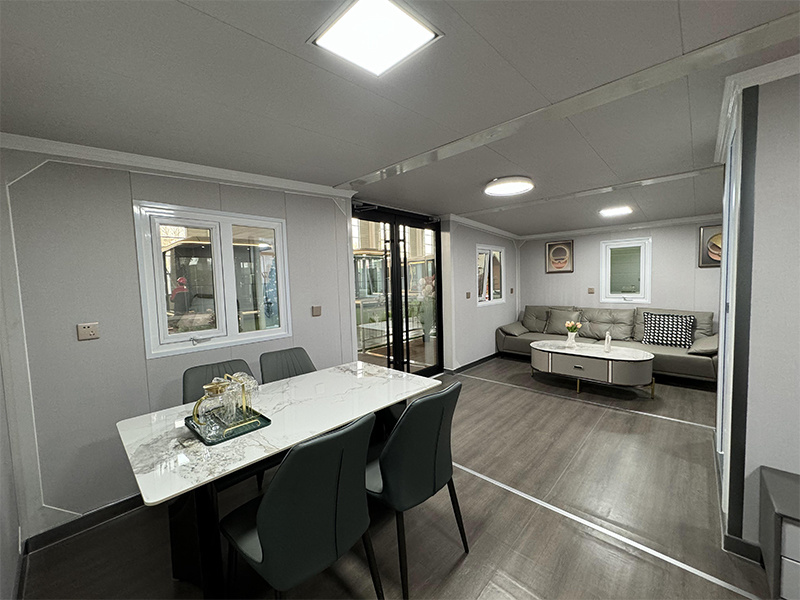
Cost Considerations
Cost is another crucial factor. Traditional construction can be expensive due to various factors, such as the cost of on-site labor, potential delays caused by weather or unforeseen issues, and the need for specialized equipment on-site. In addition, the materials used in traditional construction may be more costly due to the lack of economies of scale in production.
On the other hand, prefabricated portable houses can offer cost savings. The factory production process allows for bulk purchasing of materials, reducing costs. The standardized manufacturing also means fewer errors and less waste, further cutting expenses. While the initial cost of some high-end portable prefab houses may seem comparable to traditional construction, the long-term savings in terms of energy efficiency and maintenance can make them a more cost-effective option over time.
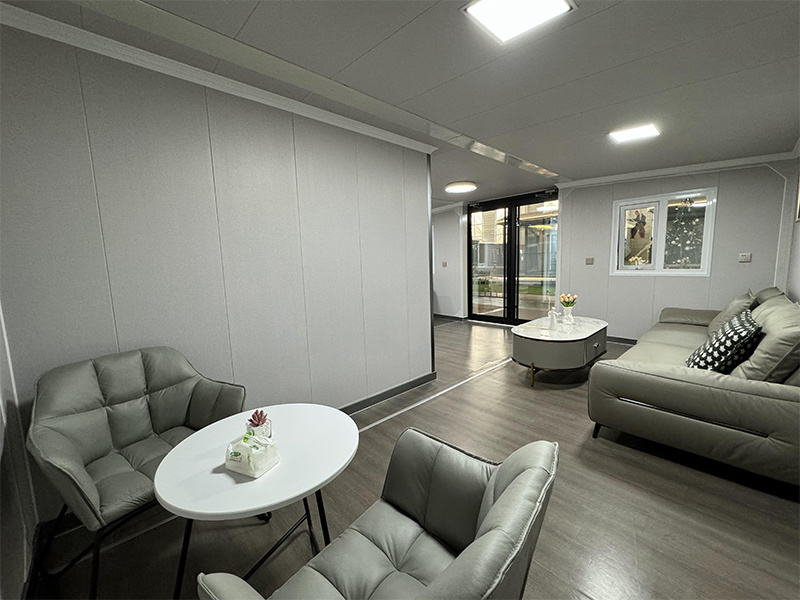
Design Flexibility and Customization
Traditional construction generally offers a high degree of design flexibility, as every aspect of the building can be customized on-site. However, this also means higher costs and longer construction times for complex designs.
Porta cabin, while initially having a more standardized design, are becoming increasingly customizable. Many manufacturers now offer a wide range of options for portable prefab houses, including different floor plans, exterior finishes, and interior features. With advancements in technology, it is possible to create unique and personalized prefabricated portable houses that meet specific aesthetic and functional requirements, although there may still be some limitations compared to completely custom traditional buildings.
In conclusion, both prefabricated portable house and traditional construction have their own advantages and disadvantages. The choice depends on various factors such as time constraints, budget, and design preferences. Understanding these differences is essential for making the right decision for any building project.

